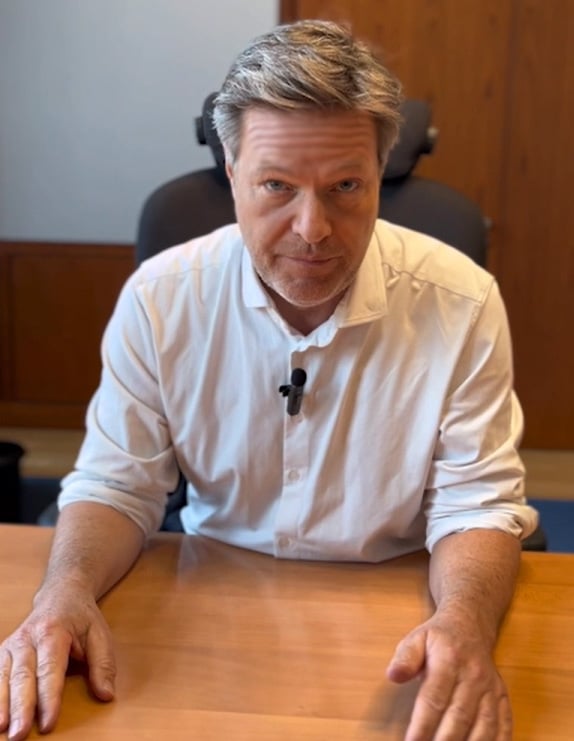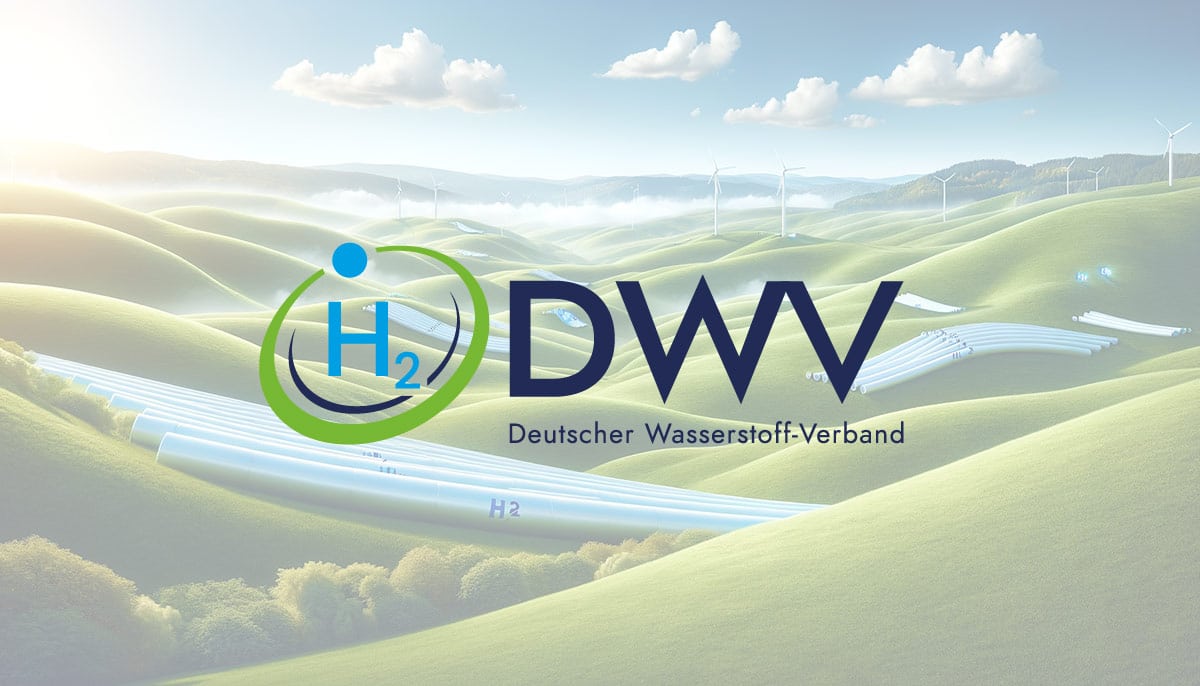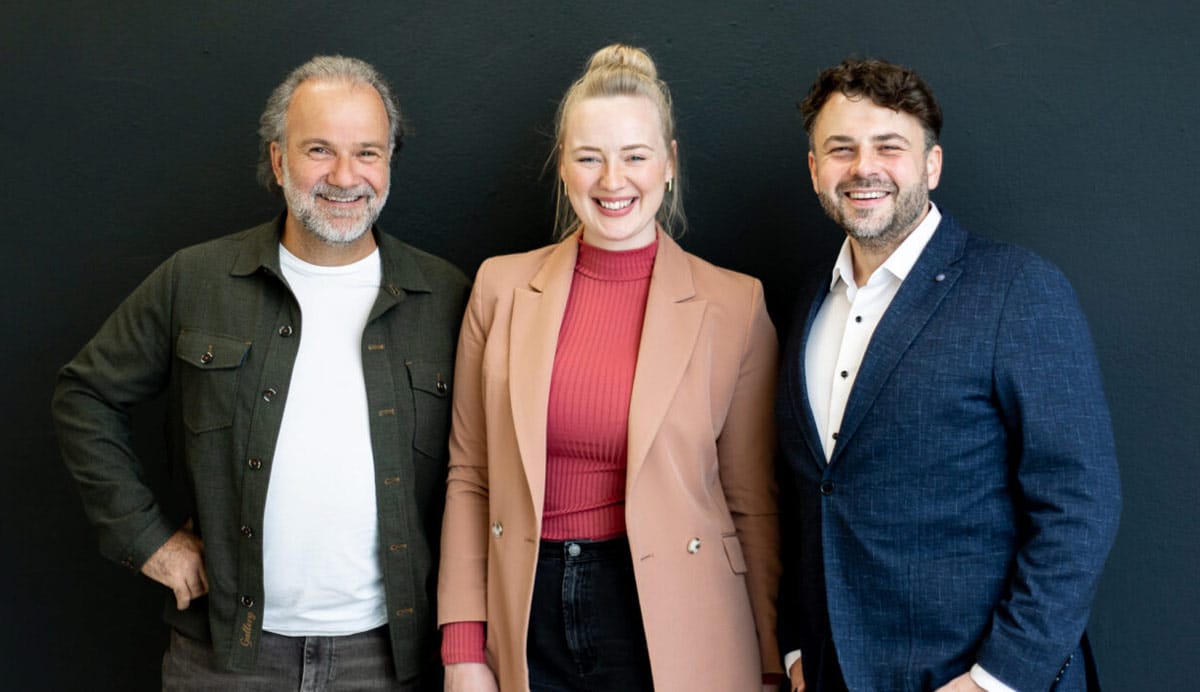The Czech Republic is not exactly one of the major promoters of hydrogen technology in Central Eastern Europe. The country is still delayed in the expansion of wind and solar energy. The share of PV and wind power plants in total electricity generation in the Czech Republic was just 3.7 percent last year. With this, the country lies far behind the EU average, which was around 22 percent. In terms of climate policy, however, much has been achieved in the more than thirty years since the dissolution of Czechoslovakia. CO2-free energy sources such as nuclear and hydropower are responsible for around 63 percent of electricity production. On the other hand, the share of coal remains high at 30 percent. It is however the former coal mining regions that are also actively trying to get investments for a hydrogen economy. They not infrequently possess many years of experience in hydrogen production, as they are even today large industrial and chemical sites. Consequently, available there are, among other things, qualified personnel with broad industry know-how.
“Hydrogen is a logical solution for our region, since the chemical industry, a source of hydrogen, is strongly represented. That is why we want to focus on this energy carrier, to build an economy where hydrogen is produced, distributed and used by end consumers in our region, for example in transport. We certainly have the potential to be a leader and driver of hydrogen,” said Jan Schiller, governor of the regision Ústí nad Labem, to Czech media.
That the Czech Republic cannot limit itself to just green hydrogen is a result of the current use of energy sources by the country, which favors nuclear power. The Czech Republic, which already has six reactor units in operation, is planning the construction of several new conventional reactors and several SMRs (small modular reactors).
“In the area of hydrogen production, we want to focus not only on generation from renewable sources, but also on the use of other alternative options for low-carbon hydrogen production, like for example the use of natural gas with capture and processing of the resulting CO2, the pyrolysis/plasma gasification of organic wastes, and hydrogen production with electricity and heat from nuclear power plants,” it says on the matter in the national hydrogen strategy published July 27, 2021 by the Czech ministry for industry and trade.
Potentials for development also lie in the use of electrical energy resulting from the combustion of waste for hydrogen production. Since the end of last year, the Swedish company Plagazi (see H2-international Oct. 2021) and Czech waste disposal company PGP Terminal have been active in the Czech Republic with the corresponding processes.

Can’t be done without imports
The Czech government declared, however, in the hydrogen strategy paper that the Czech Republic will need to depend on hydrogen imports in the future, likewise to Germany. “We assume that in the future the Czech Republic will have to import hydrogen from countries in which the conditions for the production of renewable hydrogen are more favorable because more sun and wind is there. The infrastructure for the import of hydrogen must be prepared, and hydrogen may be able to replace the current imports of natural gas and petroleum. The Czech Republic could be an important actor in the field of hydrogen transport from south to north and east to west,” said the former industry and trade minister Jozef Síkela.
Transport and industry transformation with hydrogen
In the Czech Republic, there has been no lack of plans over the past years to protect the climate. The National Action Plan for Clean Mobility from 2015 is among the first publications in which the Czech hydrogen plans were formulated. At the time, the transport sector was considered particularly suitable for introducing H2 technologies. “The Czech government aims to create six to eight hydrogen refueling stations by 2023. By 2025, it should even be 15 stations of this type,” it says in the report of the Institute of Central Europe on the subject of hydrogen in Central Eastern Europe.
The construction of hydrogen fueling stations was to originally be supported with 350 million euros. With the COVID-19 pandemic, however, the government’s hydrogen plans were stalled. Still, the topic of hydrogen and the transformation of the transport sector remained at the top of the Czech agenda, as evidenced by the December 2022 memorandum of understanding. In this MoU, Air Products and Alstom take on the obligation of operating hydrogen-powered transportation with the necessary rail infrastructure in the Czech Republic. During the signing ceremony for this memorandum of understanding, Dan Kurucz, managing director of Alstom in the Czech Republic and Slovakia, expressed the regret that corresponding laws to promote a hydrogen economy in the Czech Republic are missing.
Similar to its northern neighbor Poland, the transport transformation is also getting its initial footing with city buses. In the Czech Republic, it is primarily the domestic manufacturer Škoda (see Fig.) who has been manufacturing public buses with fuel cells since 2009. In the Czech Republic, nine FCEVs (fuel cell electric vehicles) as buses, but to date no public hydrogen fueling stations, are listed in the central vehicle register. By 2030, there should be a total of 40,000 to 50,000 passenger cars, 870 buses and 80 refueling stations in the Czech Republic that enable emissions-free transport, meaning powered by fuel cells or exclusively with electricity.
Transmission networks – H2-ready?
At the same time, work must also be done on the gas transmission networks. The head of operations at the largest Czech natural gas distributor GasNet, Andrej Prno, assured in speaking with the Czech media that hydrogen can already flow through the Czech natural gas grid now. Technically, nothing stands in the way. Legally, however, there is not a sufficient framework. The first steps to increase the share of hydrogen in its gas network has already been made by GasNet. In the region Ústí, the company signed a cooperation agreement with FORH2ENERGY, who wants to build a hydrogen production plant in the industrial zone called Triangle in Žatecko. This would be the first hydrogen plant that GasNet connects to its gas distribution network.
Author: Aleksandra Fedorska
Source: Skoda


























0 Comments